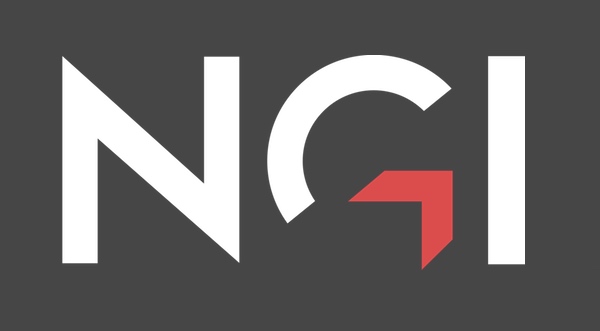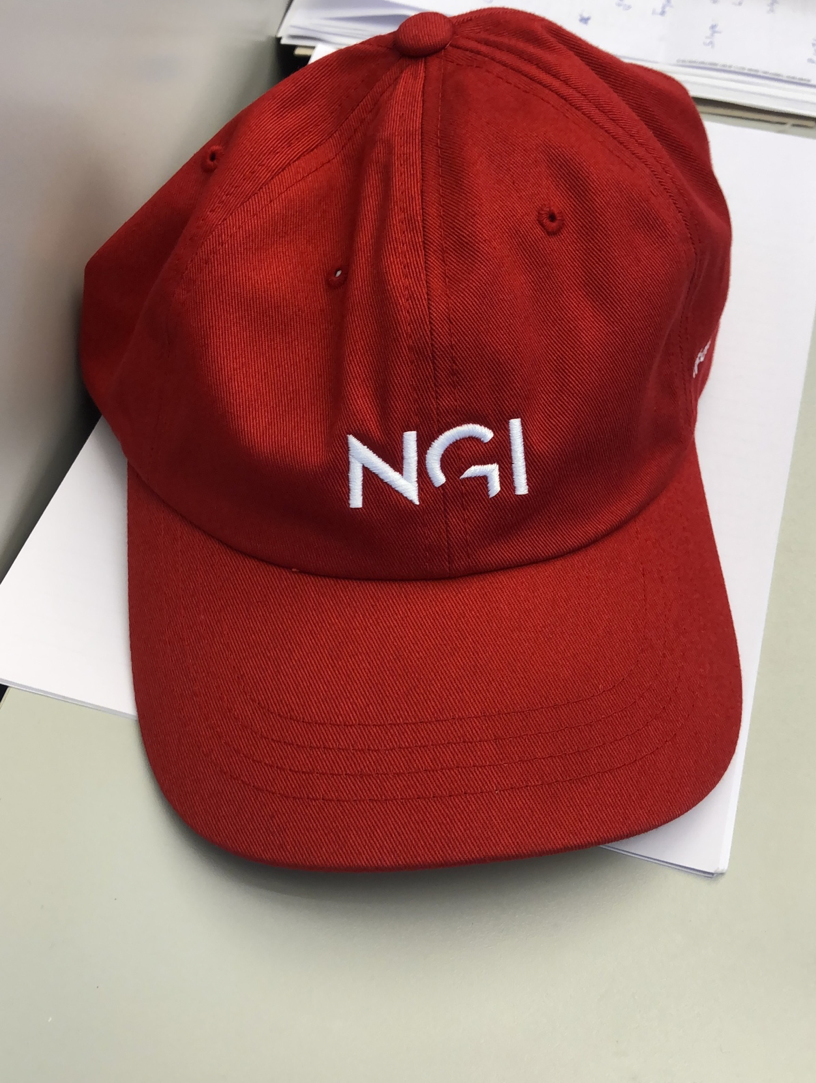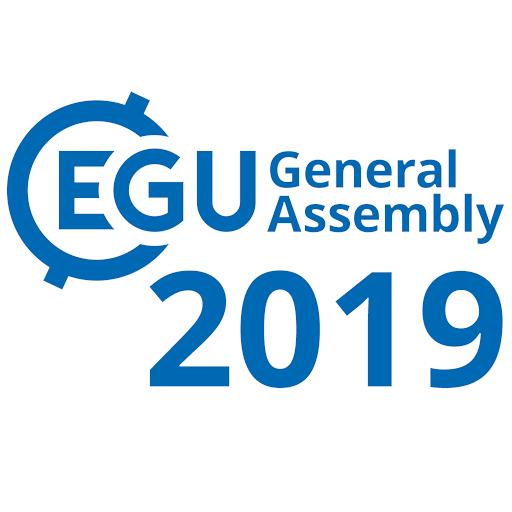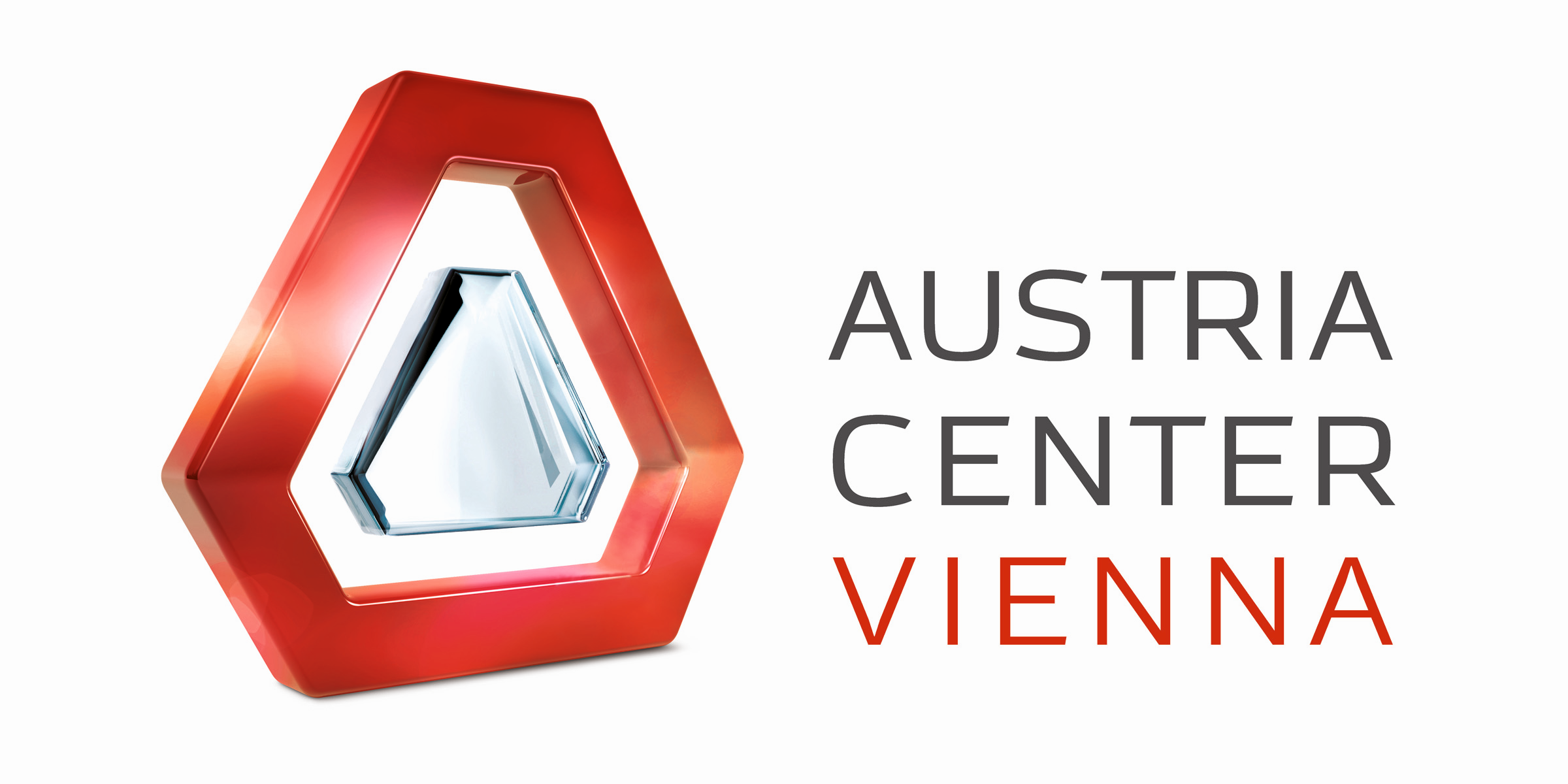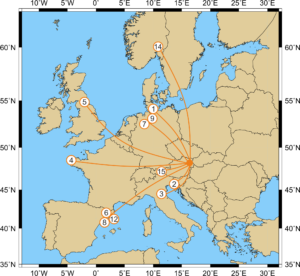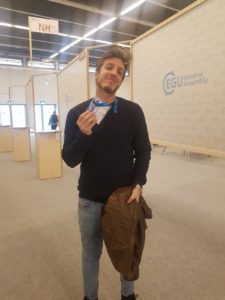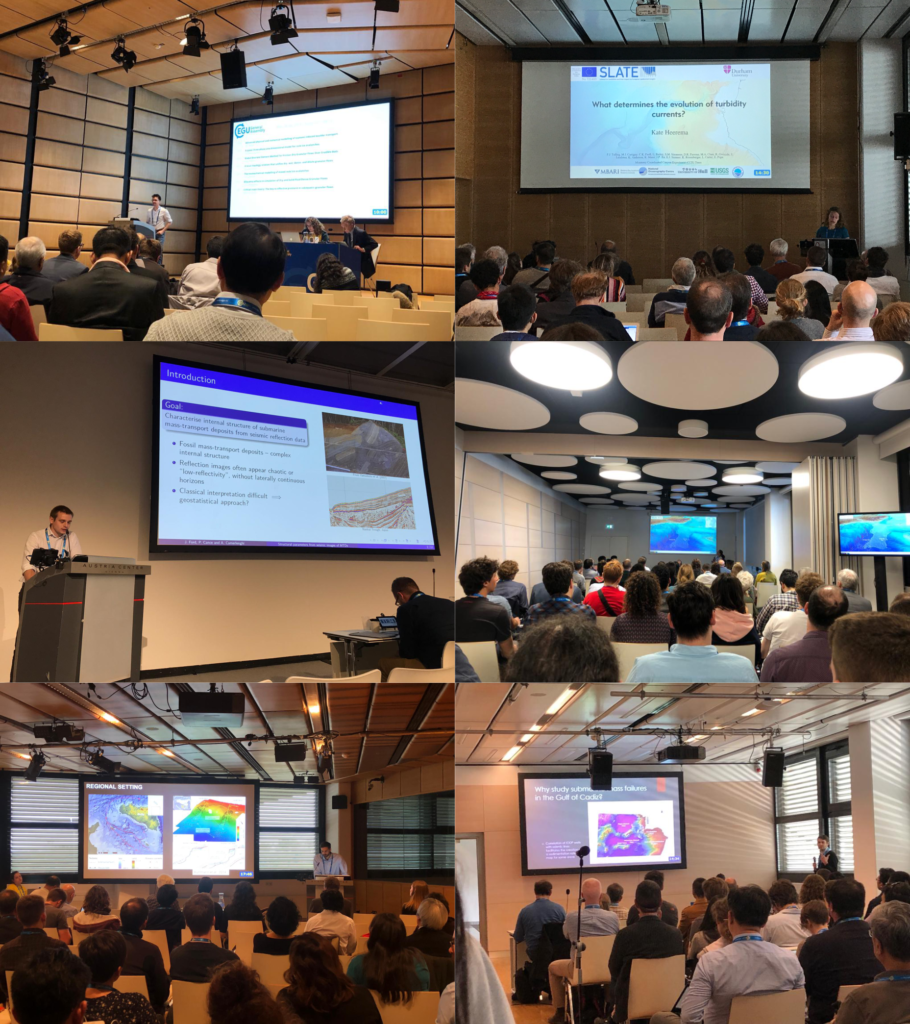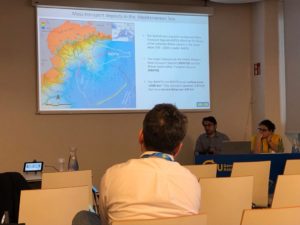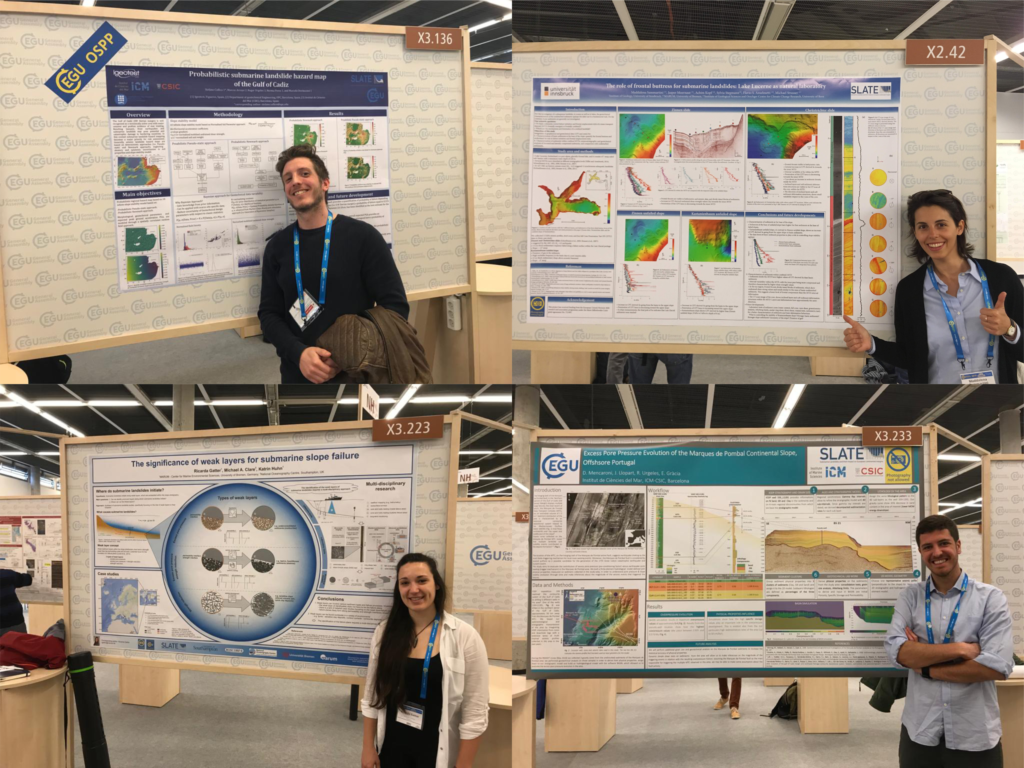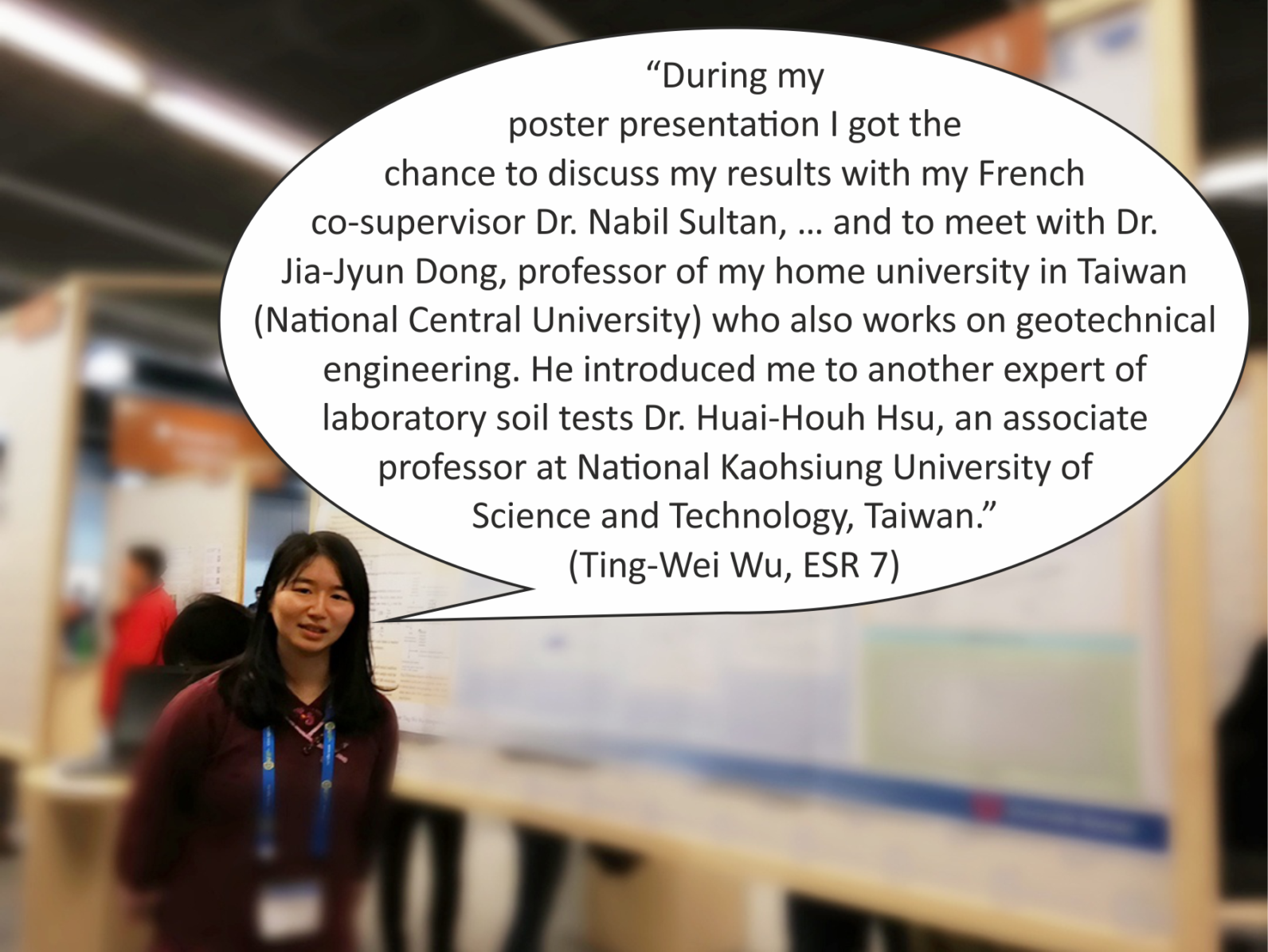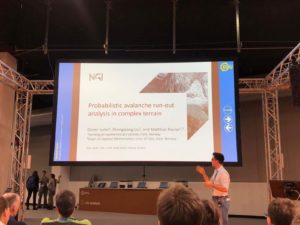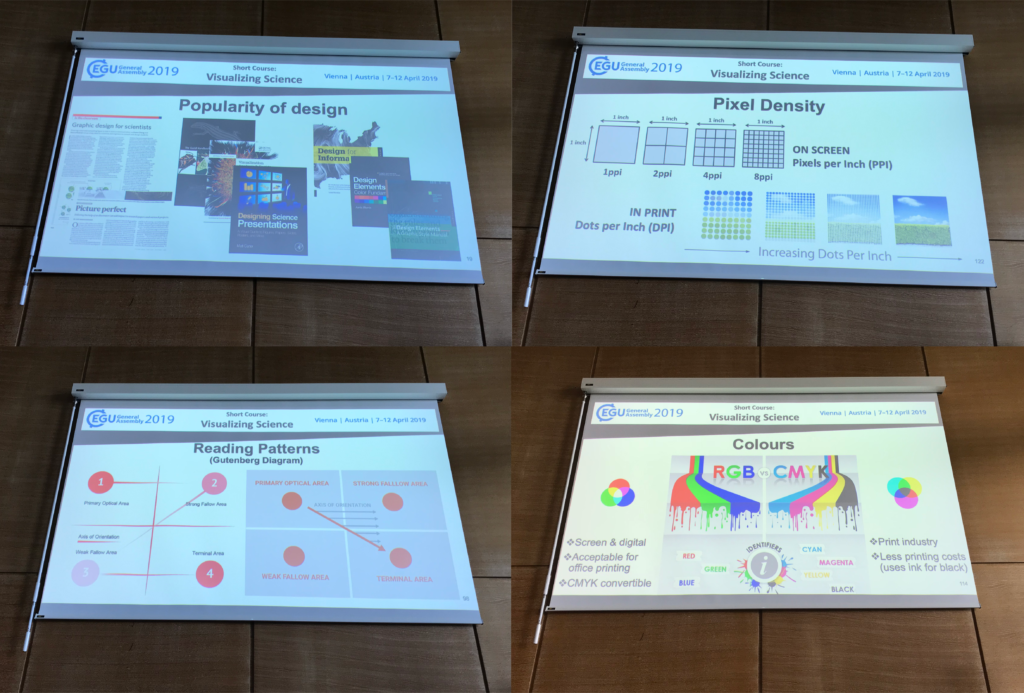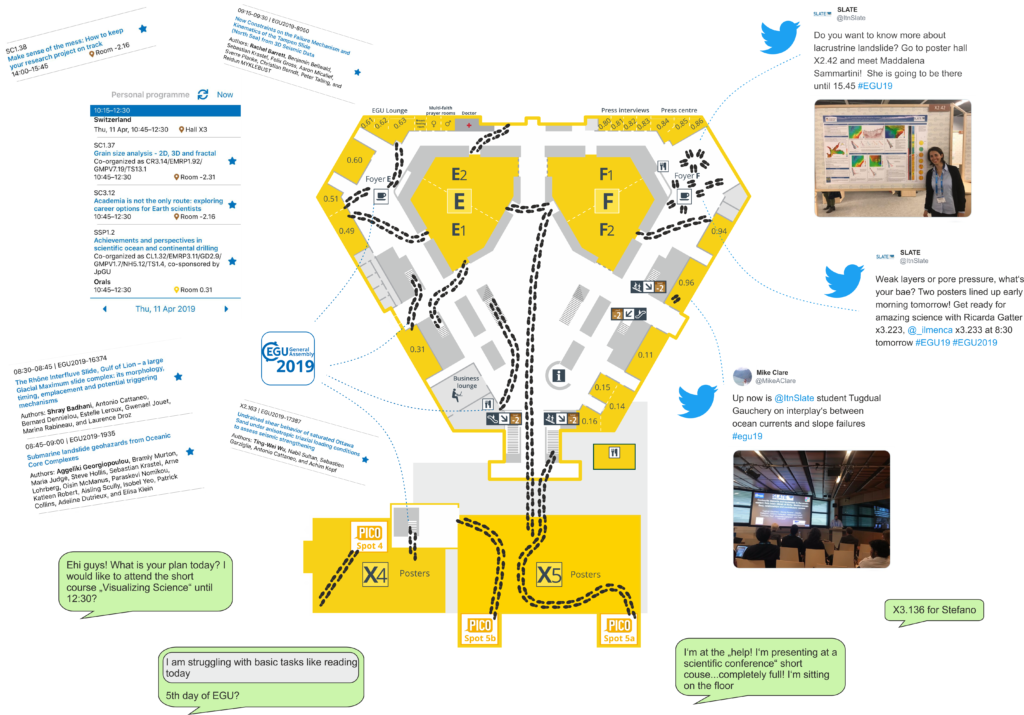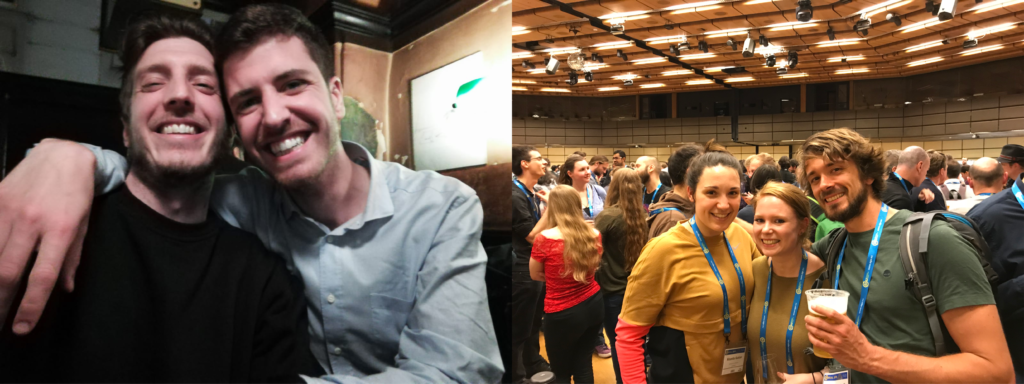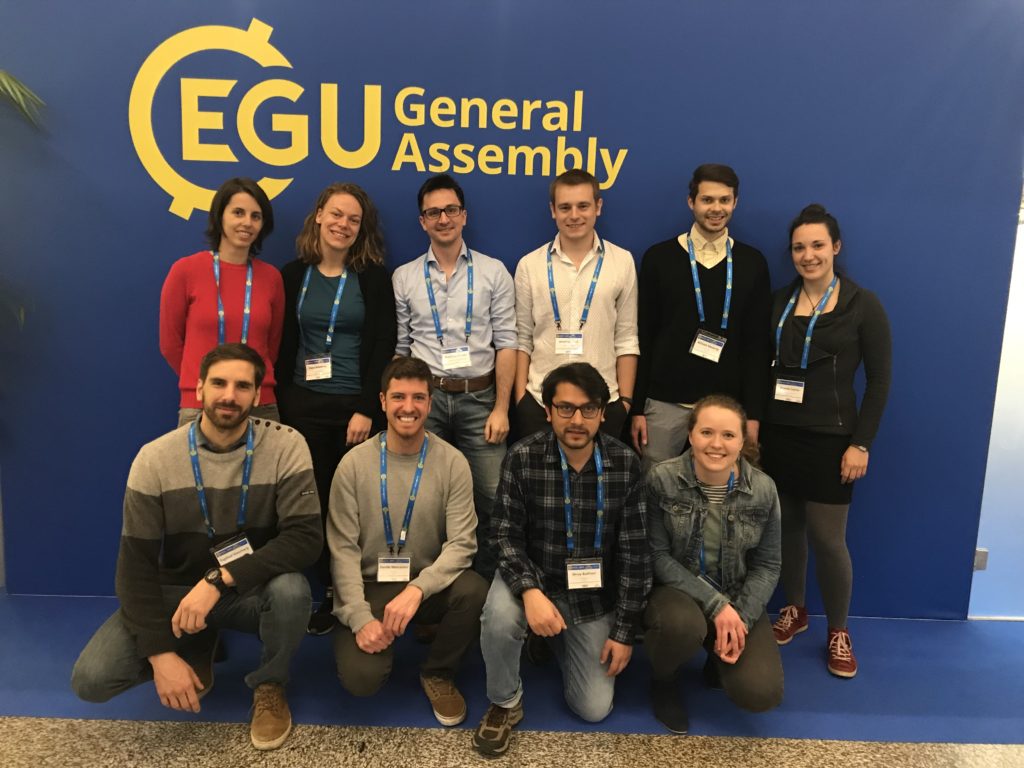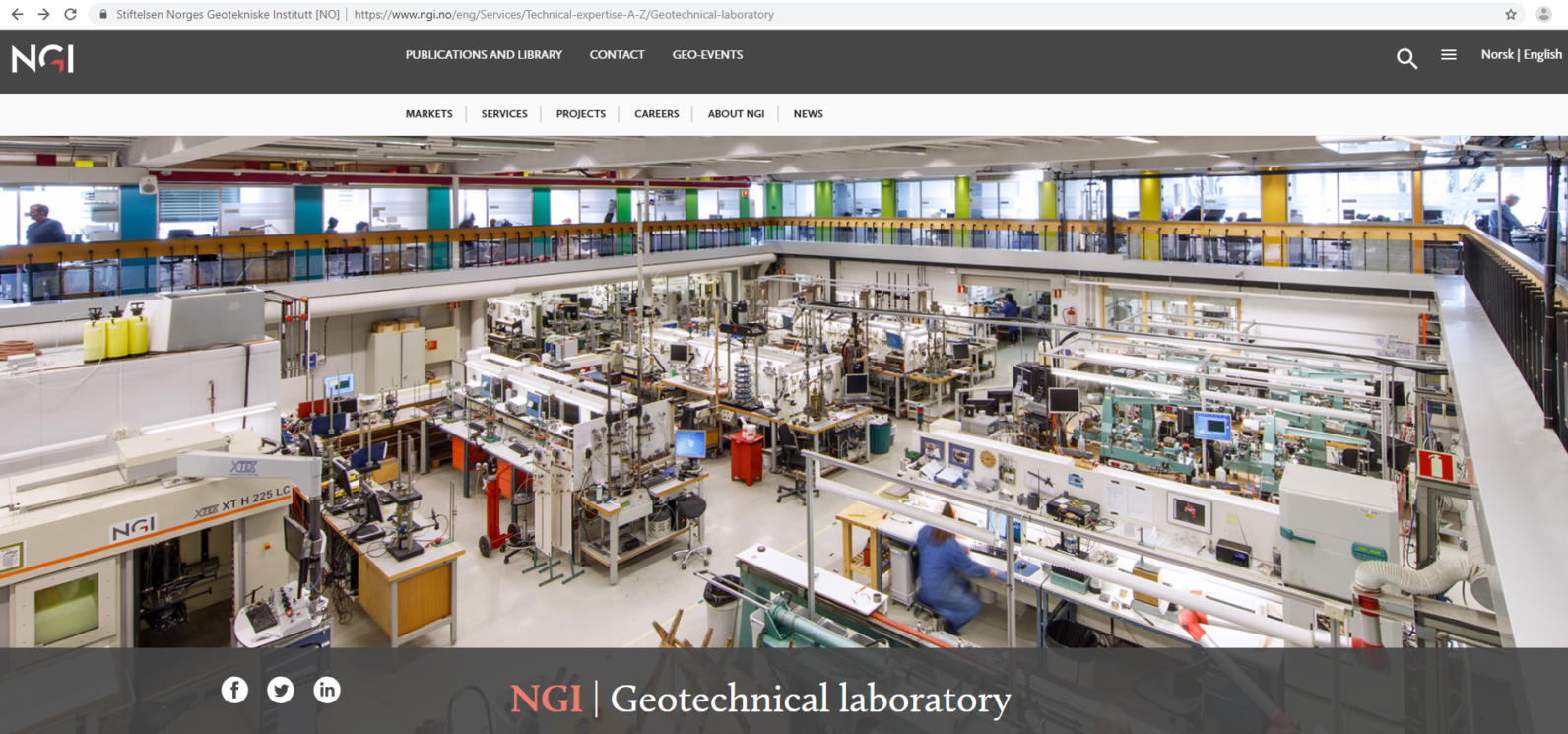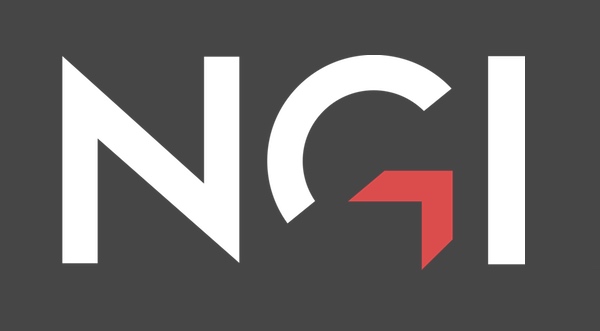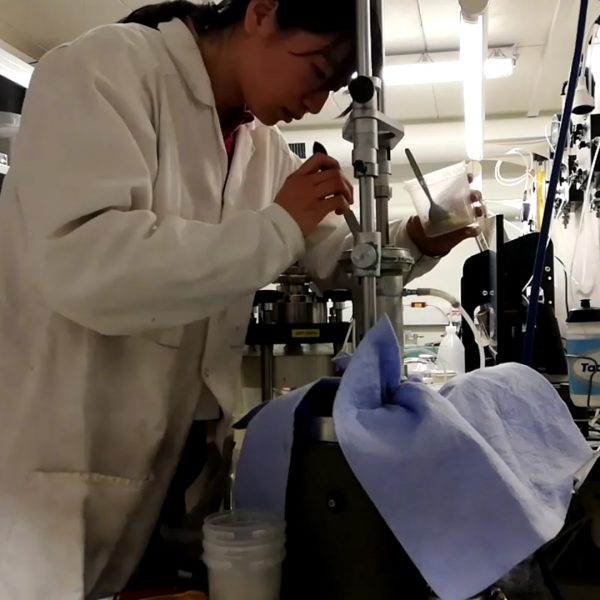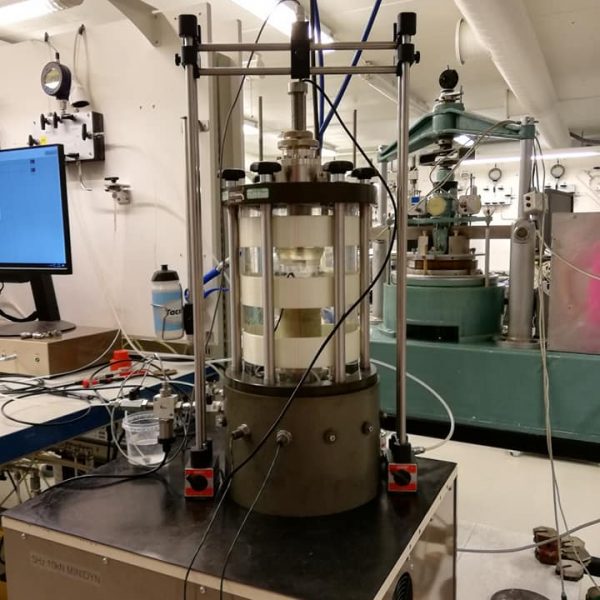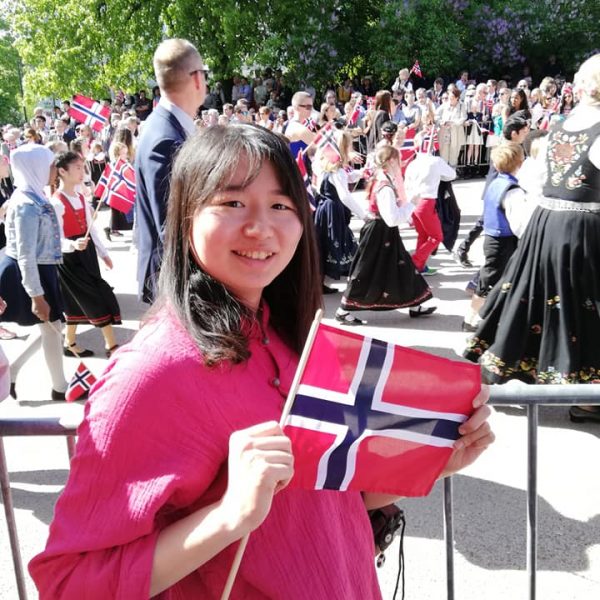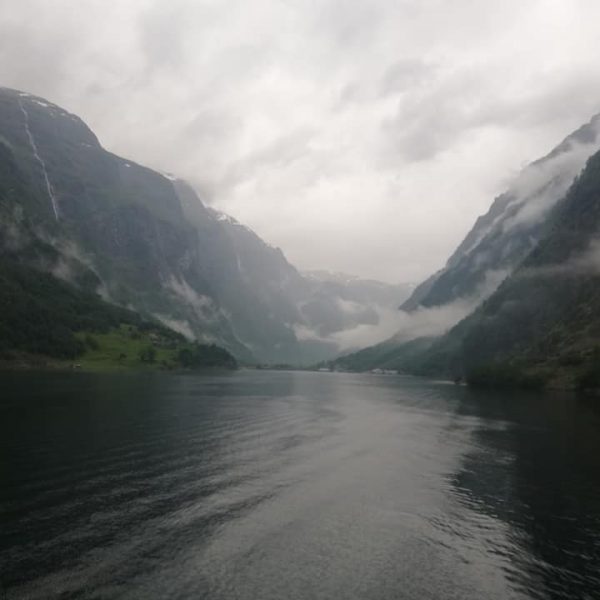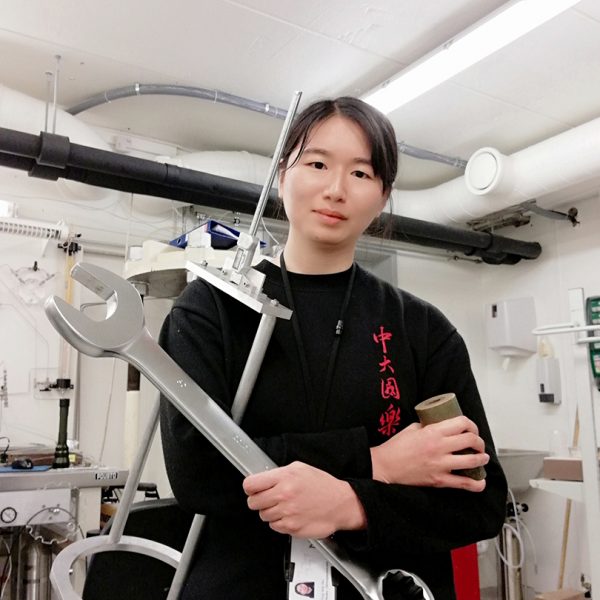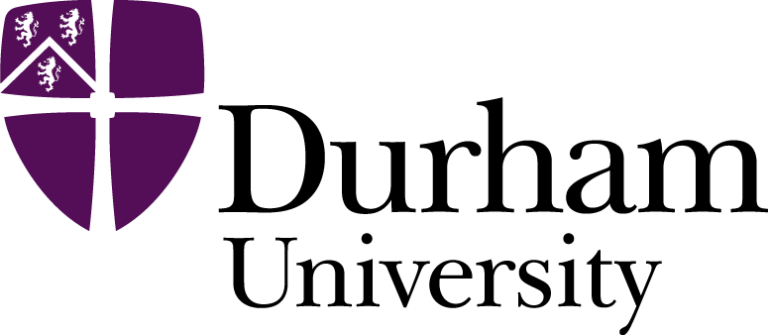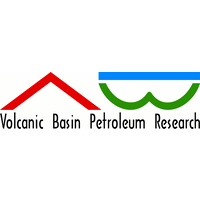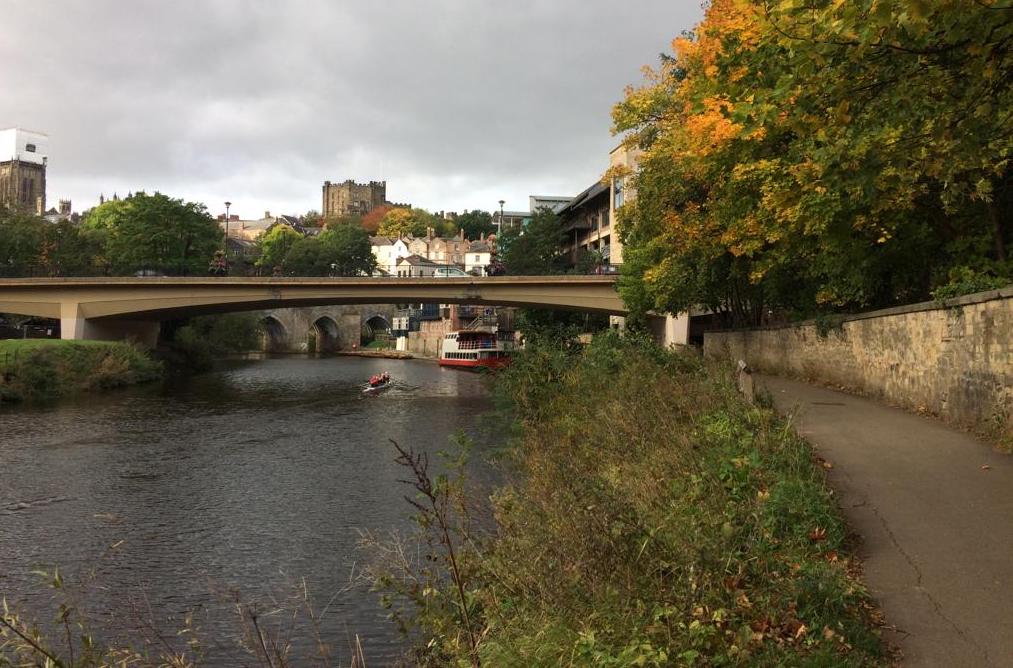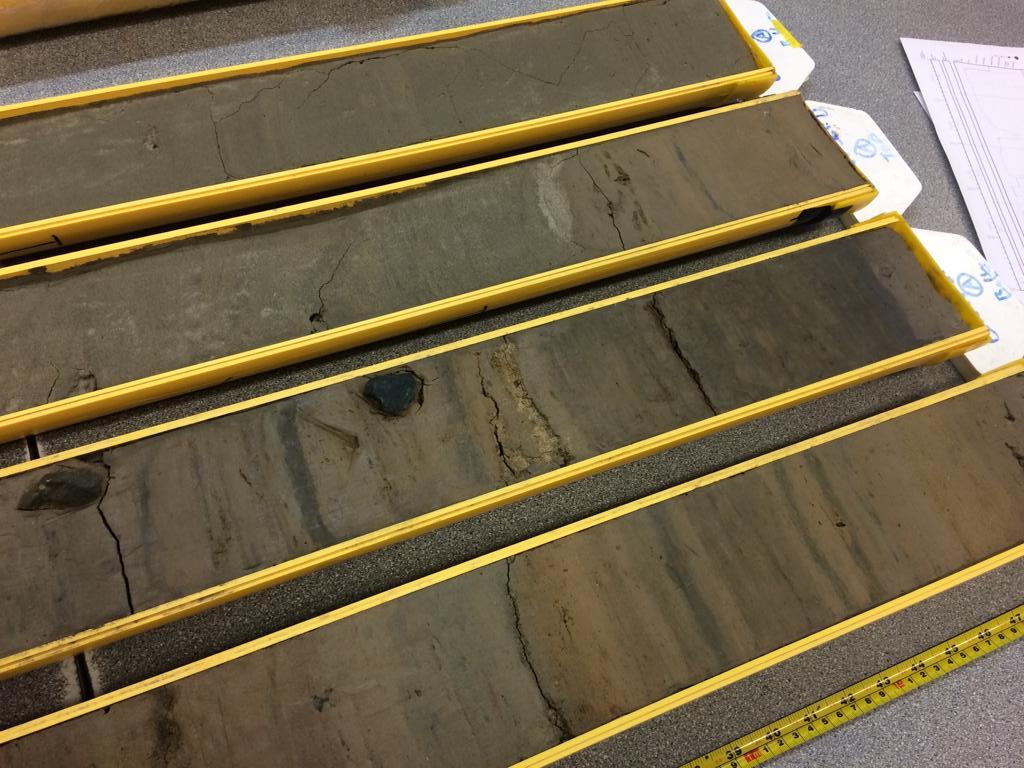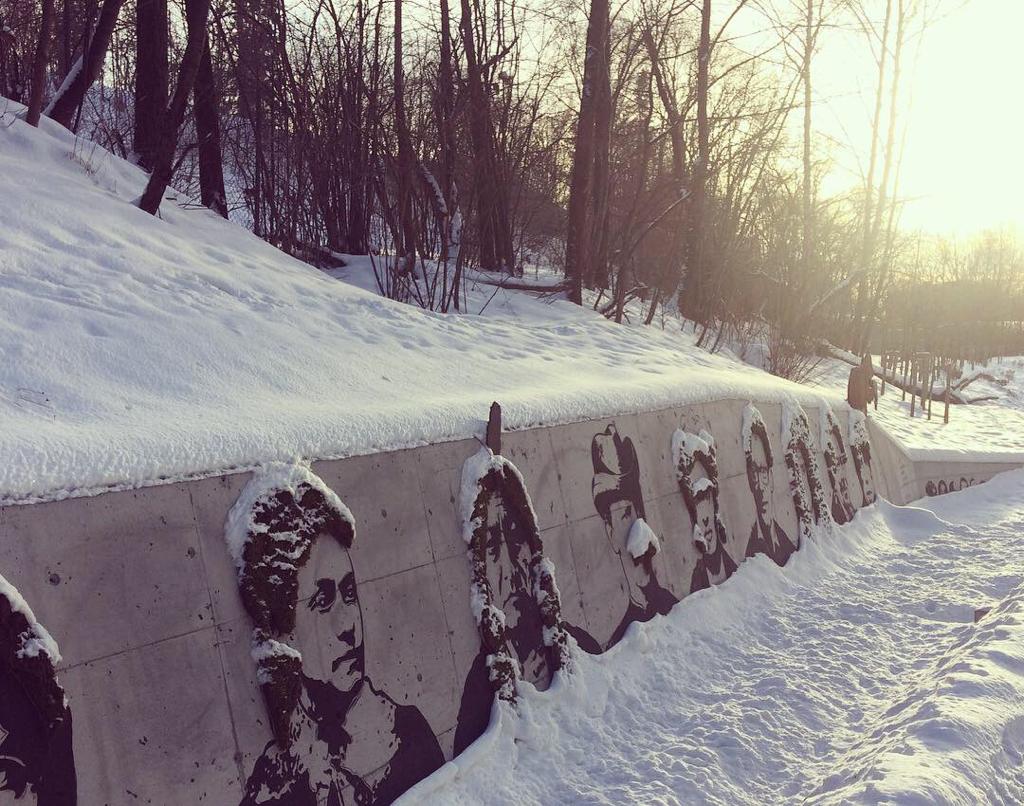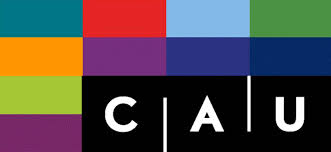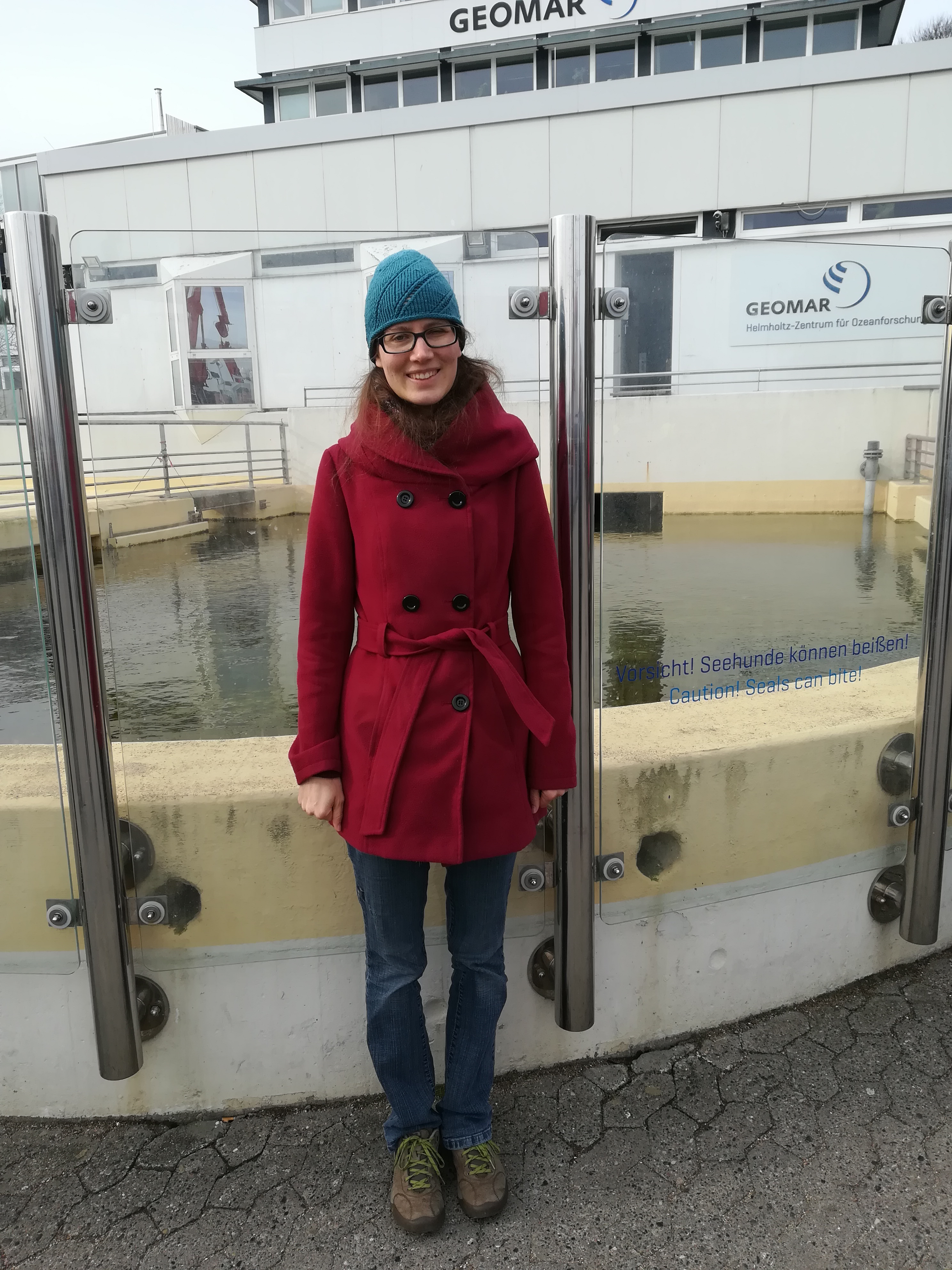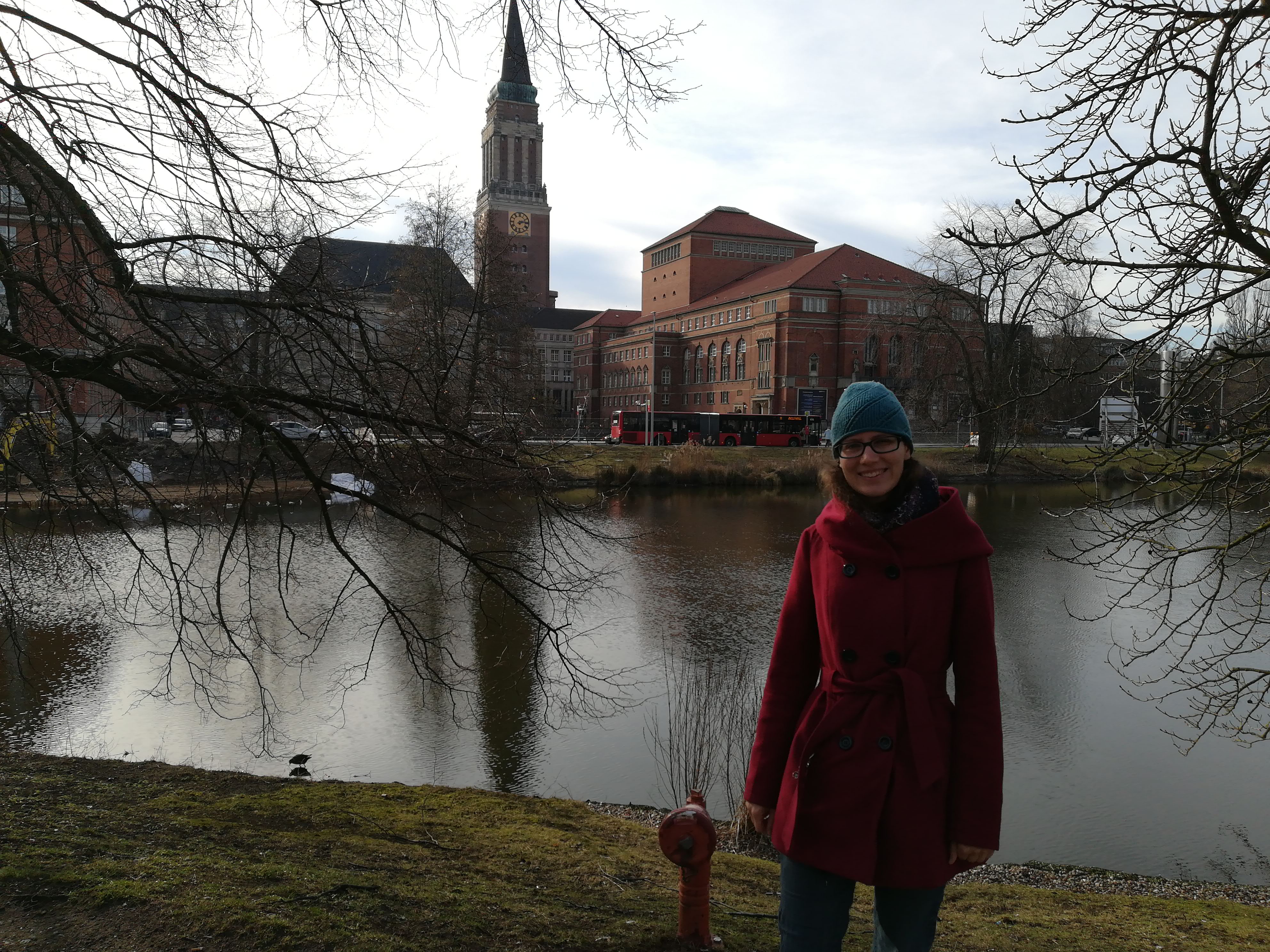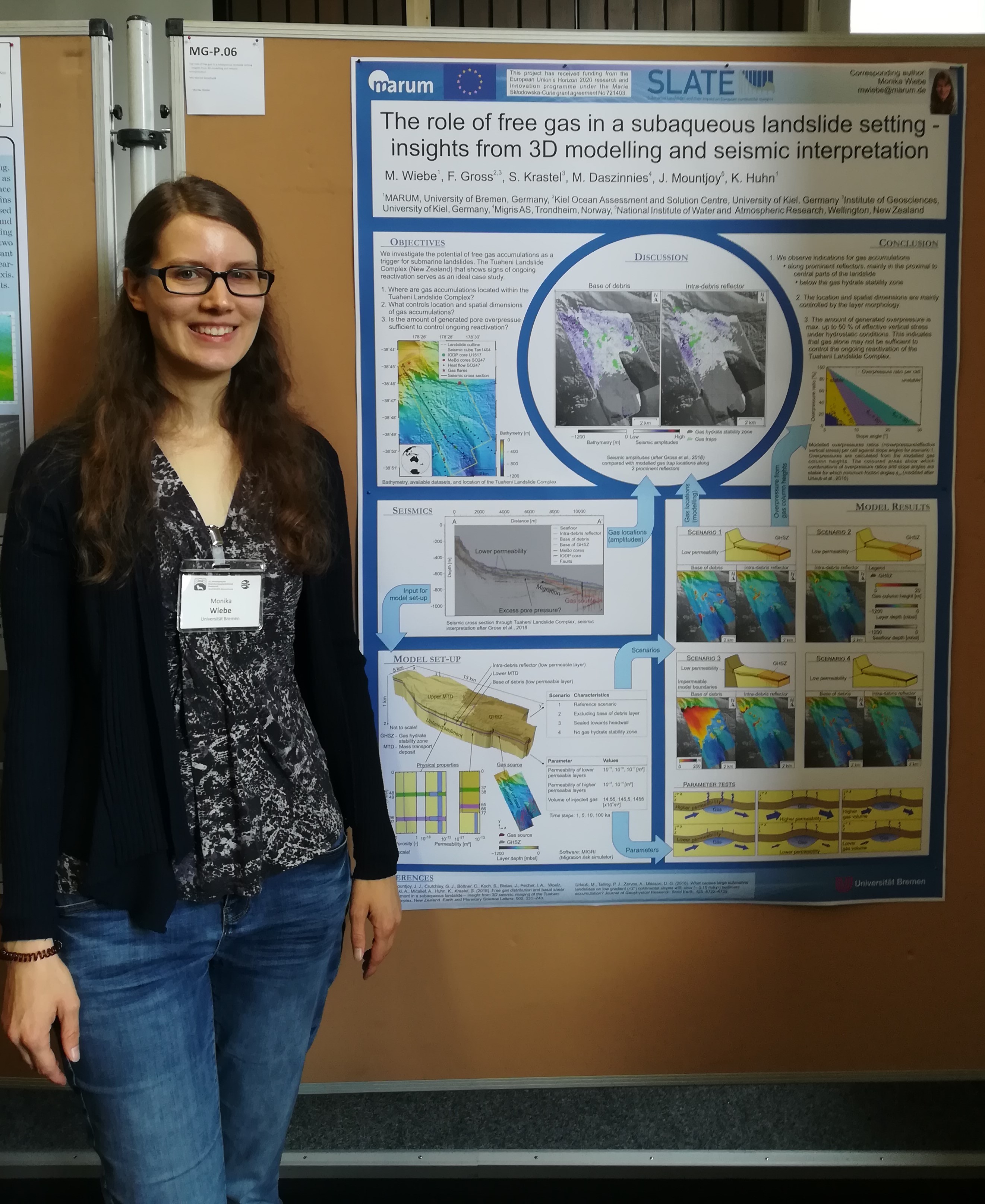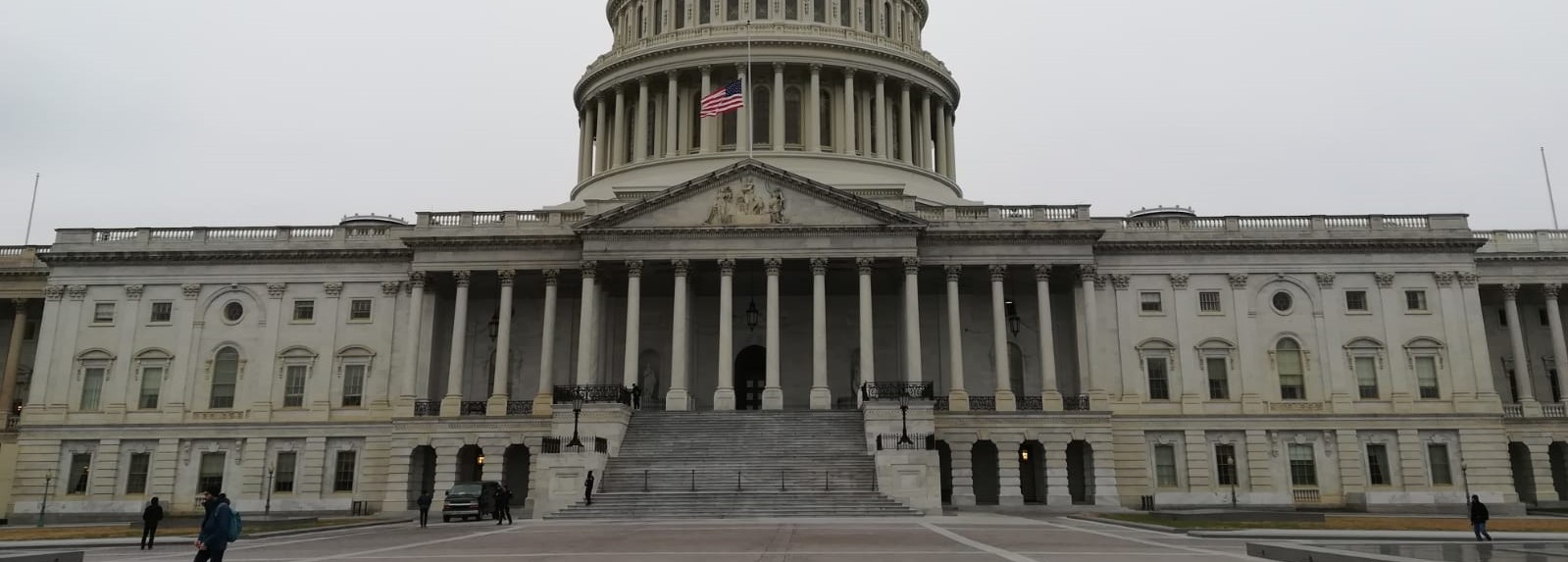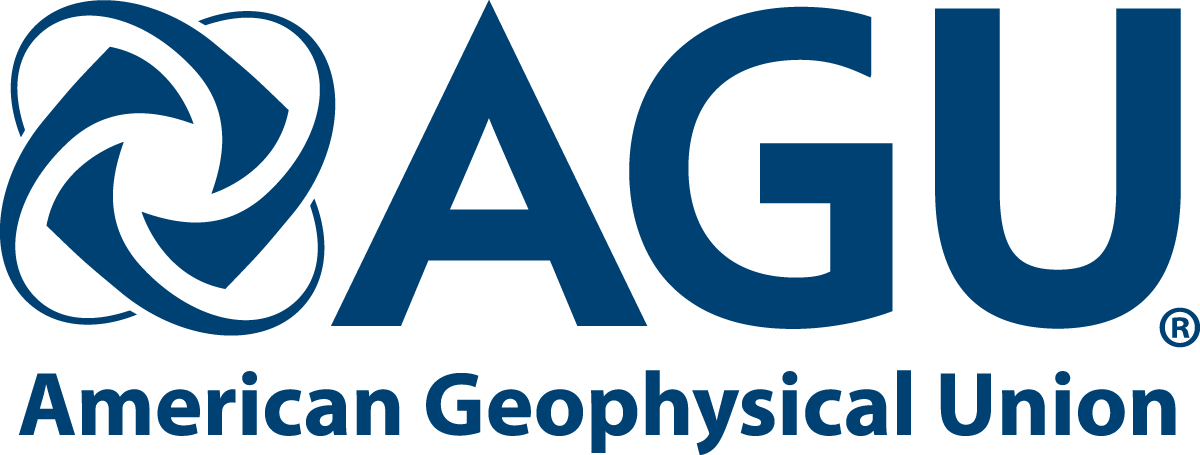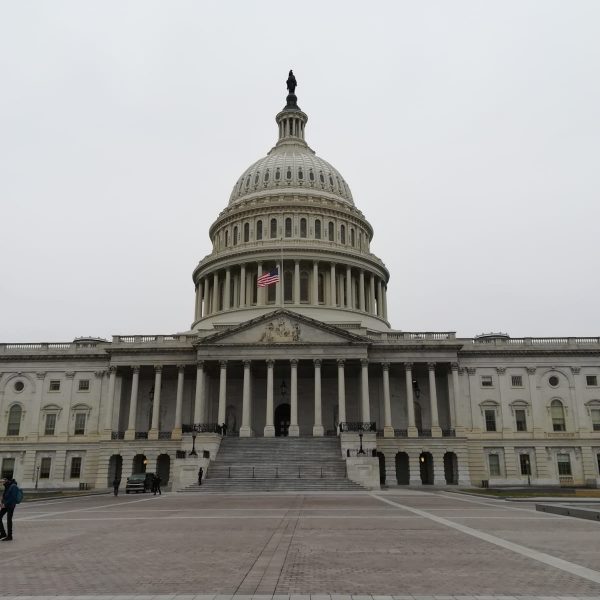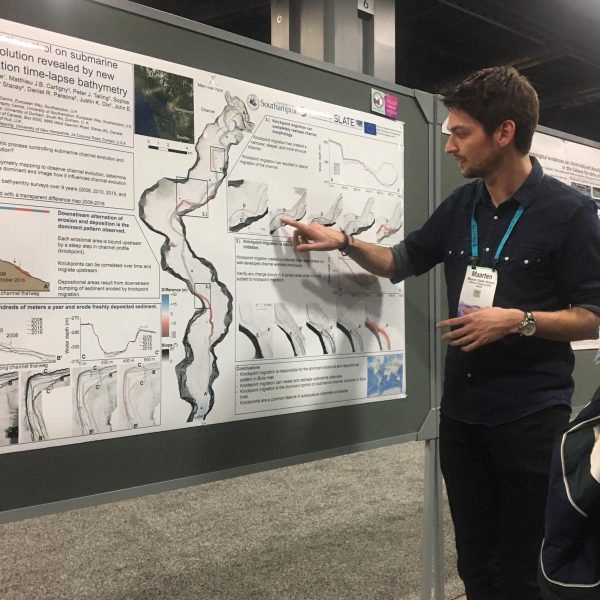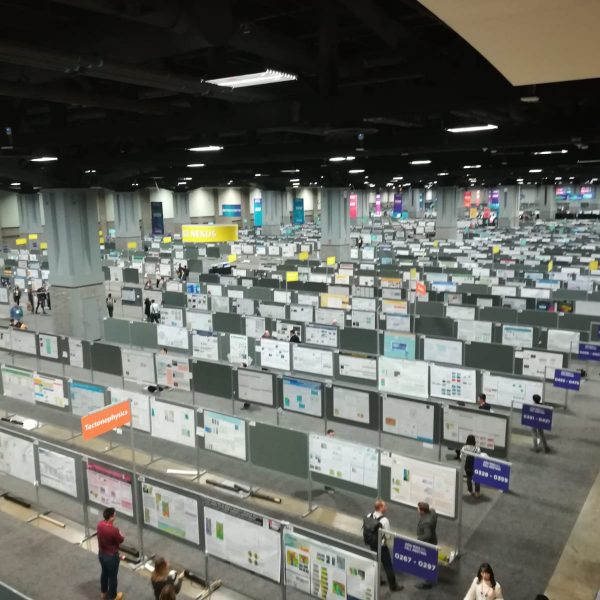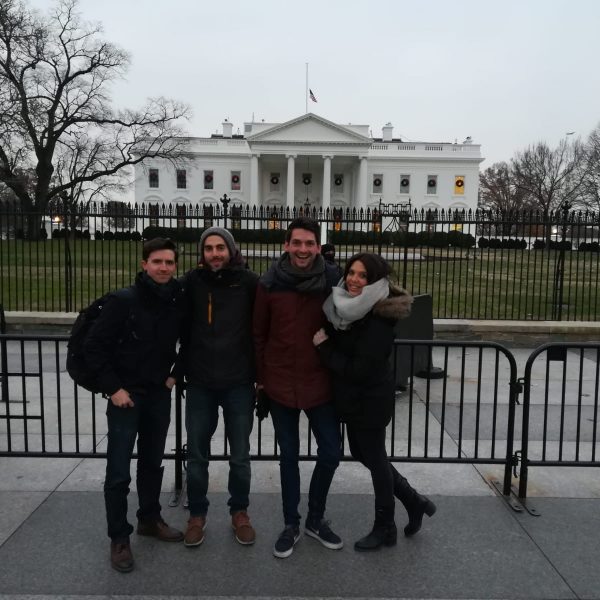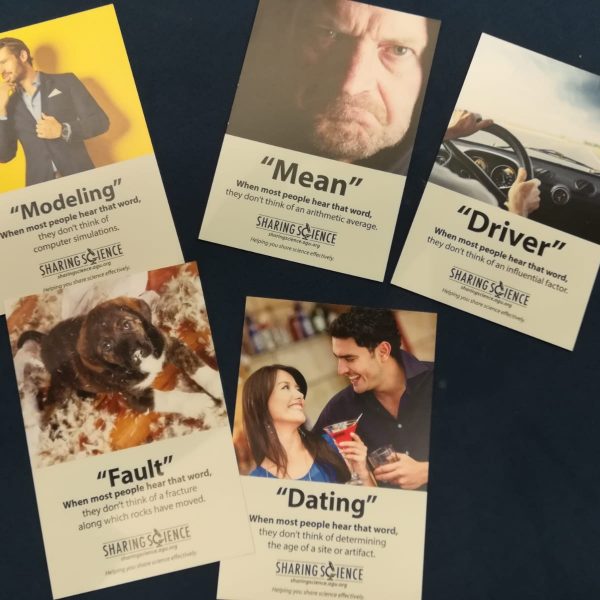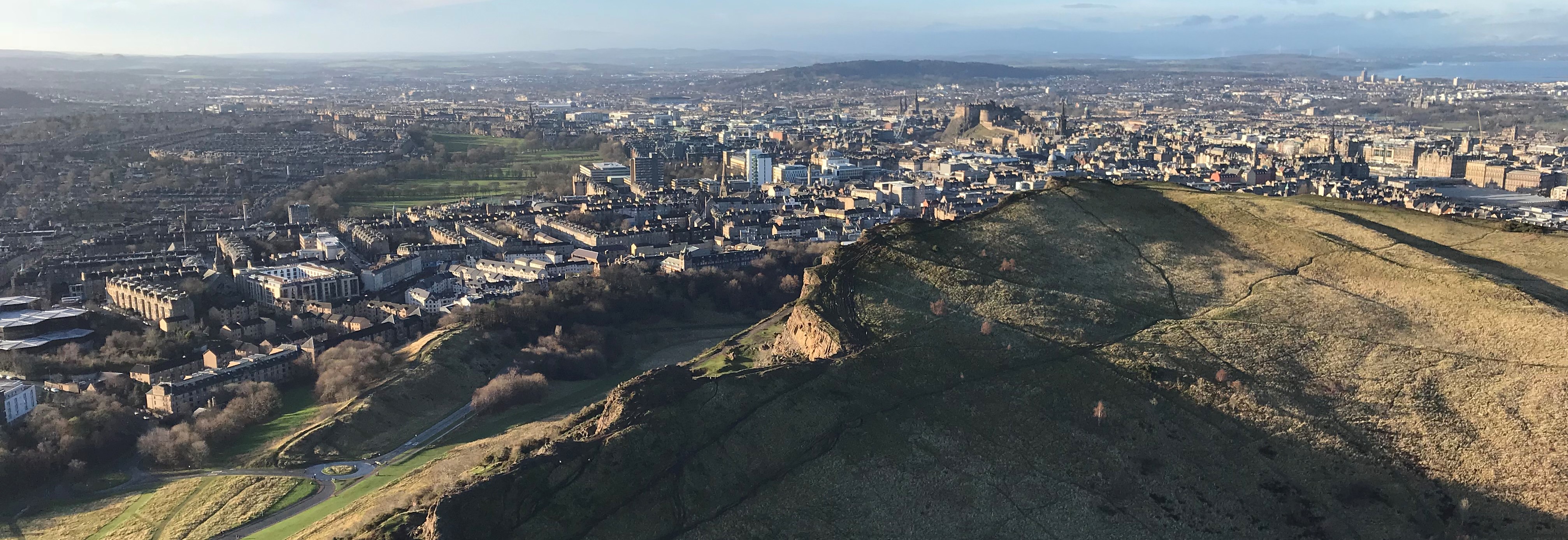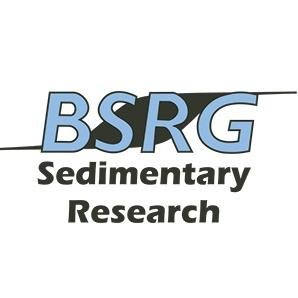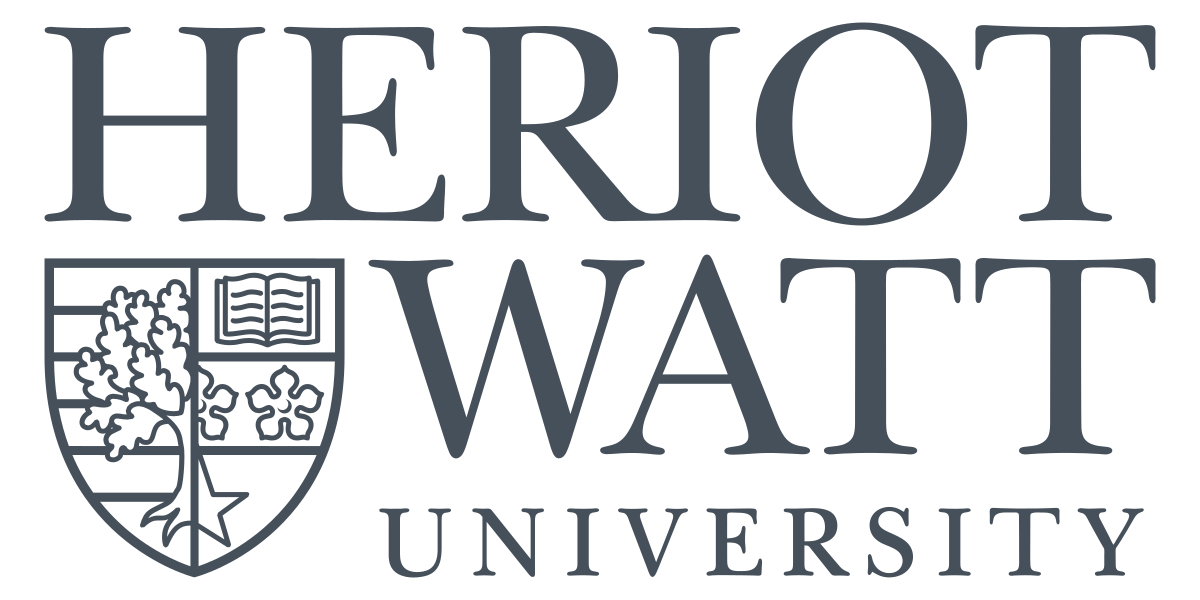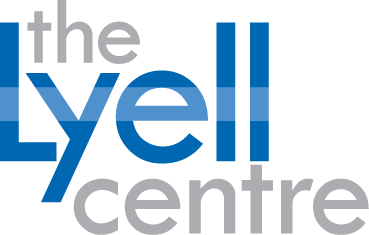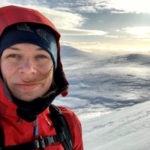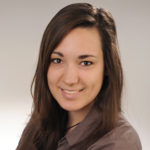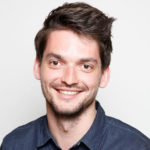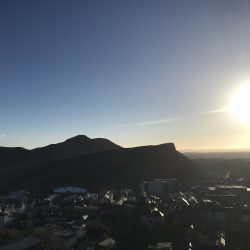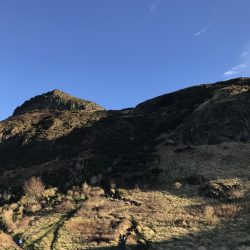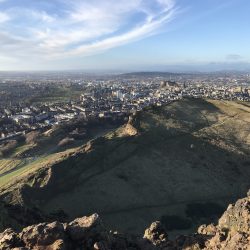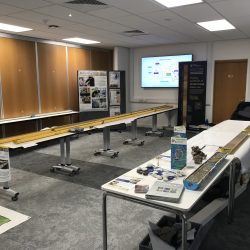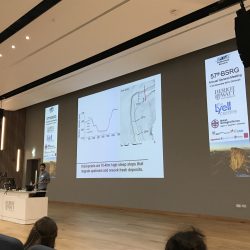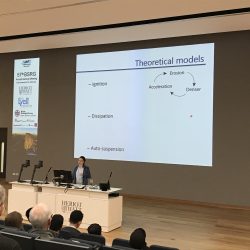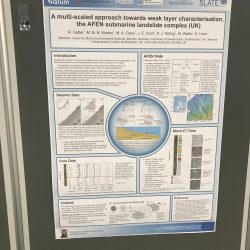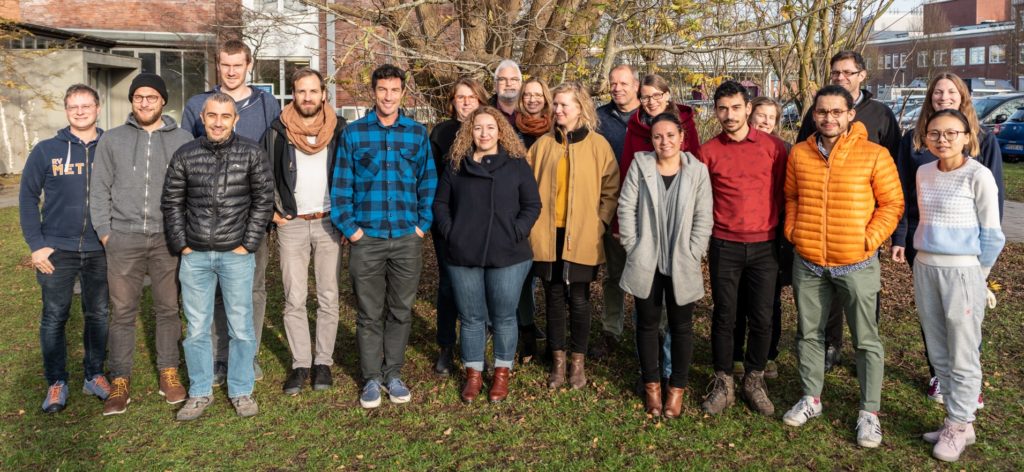
Kate’s 4-month secondment at NGI, Oslo
Kate Heerema (ESR5) | @ NGI Oslo, Norway (March - June 2019)
From March to the end of June, I spent my time not in Durham, but in Oslo for my secondment at NGI. Over the 4 months, I tried to learn as much as possible about numerical modelling. Numerical modelling can be described as follows: using a variety of equations that form a “rulebook”, and given some standard input values, the computer calculates what the likely scenario is. However, there are usually some unknown variables, simply because we don’t have the data and rely mostly on theory! The system can be quite sensitive to these unknowns – a tiny change of the value can have major consequences for the model output.
Because I was starting from scratch, there was a steep learning curve for me to get even slightly familiar with numerical modelling. Eventually, we set up a model using open source software for computational fluid dynamics – OpenFOAM. With lots of help from Matti Rauter (ESR14), we managed to set up a basic model after 14 days. Although this was far from bug-free, it did enable me to gain an understanding in numerical modelling – including its inherent and continuous debugging. We have now managed to set it up in such a state that I can continue with the model implementation when I get back to Durham.
To me, this 4-month secondment embodied everything possible within SLATE; where we combine knowledge and expertise and try to build bridges between different fields. This is a unique opportunity to combine the expertise of scientists that are usually very segregated. My background is in direct, in-field measurements of turbidity currents. At NGI, the main task was to see if we could translate these measurements into a model that can predict the patterns we see in real-life. Ultimately, the goal is to set up a model that can reproduce real-life turbidity currents, and thereby work towards mitigating risks associated with these hazardous events. However, in order for that to work, the physics and variables need to be accurate enough to capture the complicated reality. In order to do so, we need in-depth knowledge of both the numerical model and the geology.
My secondment at NGI has been a great way to integrate into Norwegian life. All the people I have worked with over the last few months at the institute have been incredibly welcoming. I also got amazing insights into Norwegian culture (e.g. Vaffel fredag, “Waffle Friday”, is simply a great tradition!), and learnt that it actually does matter which wax you put under your cross-country skis… I am especially thankful to the colleagues that showed me the best bits of Oslo (and surroundings)!
My four months in Oslo also provided me with the opportunity to explore Norway. Oslo is an amazing city – in many ways quite different to Durham. Both, however, have a feel for the outdoors, with close proximity to great nature. Here in Oslo, I was able to go cross-country skiing just by taking the metro; outdoor climbing with a view over the city; and swimming in the Oslo fjord (both in winter and summer). The long weekends in spring made it possible to go tour skiing near Gaustatoppen over Easter, and hiking in Rondane over “Pinse”. I finished off my secondment with a couple of weeks of holiday in Tafjordfjella and Åndalsnes; where I experienced both winter and summer within one week. Åndalsnes was also an interesting place to go as a geoscientist: the Mannen (“The man”) mountains nearby contain a section (Veslemannen, “The little man”, which has a volume of 120-180,000 m3) that is unstable. Veslemannen has been moving and predicted to collapse since 2014, and has kept locals, geoscientists, civil emergency response teams in Norway busy ever since.


